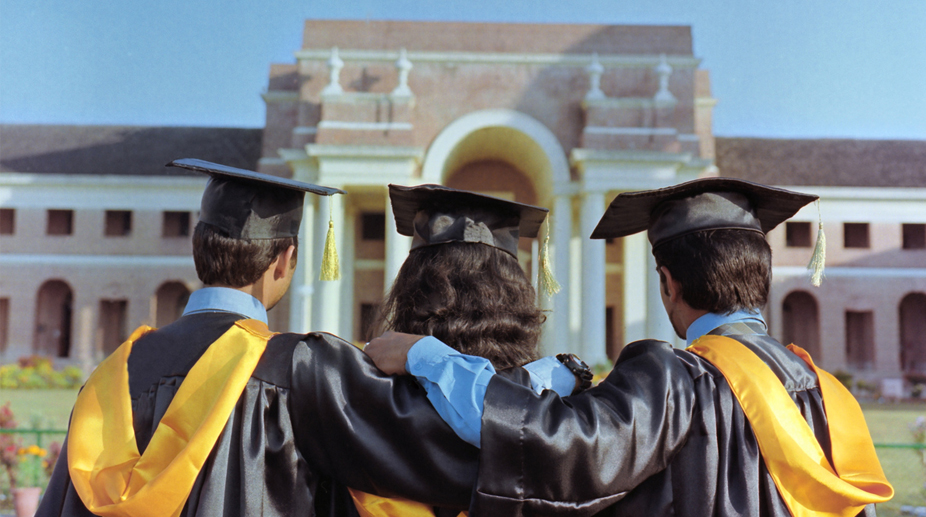Unlocking Potential
India’s demographic dividend ~ a young and expanding workforce ~ has long been touted as its greatest economic strength.

Representational Image (Photo: Getty Images)
Gross Enrolment Ratio or GER in higher education has registered an increase from 24.5 per cent in 2015-16 to 25.2 per cent in 2016-17, according to the latest edition of the All India Survey of Higher Education (AISHE) launched by Union human resource development (HRD) minister Prakash Javadekar on Friday.
However, GER for Dalits remained less at 21.1 per cent and for tribals it was even lower at 15.4 per cent. GER is a statistical measure for determining the number of students enrolled in undergraduate, postgraduate and research level studies within the country and is expressed as a percentage of the population. It is calculated for those in the age group of 18-23 years.
India aims to attain a GER of 30 per cent by 2020, it’s still much behind many countries, including China.
Advertisement
Tamil Nadu has the highest GER in the country at 46.9 per cent, which is higher than the national average. Bihar’s poor show continues with just 14.9 per cent of its eligible population pursuing higher education.
Advertisement
For those enrolling in regular courses in institutions which are under the Ministry, the Pupil Teacher Ratio is 19. Citing this as a good indication, the report said Pupil Teacher Ratio is more than 50 in Bihar, Delhi and Jharkhand. Female participation in professional courses is lower in comparison to academic courses at both undergraduate and post graduate levels. The gap is higher in enrollment in professional courses in private institutions, it said.
There were 864 universities in the country last year compared to 799 in 2015-16. In Uttar Pradesh and Gujarat, the number of institutes, including central universities and deemed universities among others, is the highest at 72 and 62, respectively.
As has been the case in the past, states in south India have higher college density, which is defined as the number of colleges per lakh eligible population. The college density in the top three states is 49 in Puducherry, 59 in Telangana and 53 in Karnataka.
Bihar, Jharkhand and West Bengal, on the other hand, are at the bottom of the pile with seven, eight and 11 colleges, respectively for every one lakh students in the state.
Although the Ministry is intent on improving the world ranking of its institutions, there is a marginal improvement in the number of foreign students studying in the country from 45,424 in 2015-16 to 47,575 in 2016-17.
Advertisement